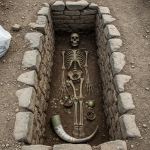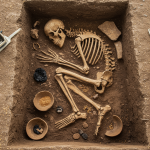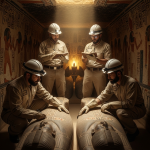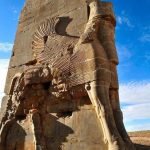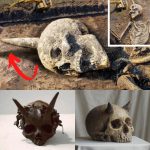Unearthed Legacy: Grave 11 at Karos-Eperjesszög Sheds Light on Hungary’s Ancient Elite
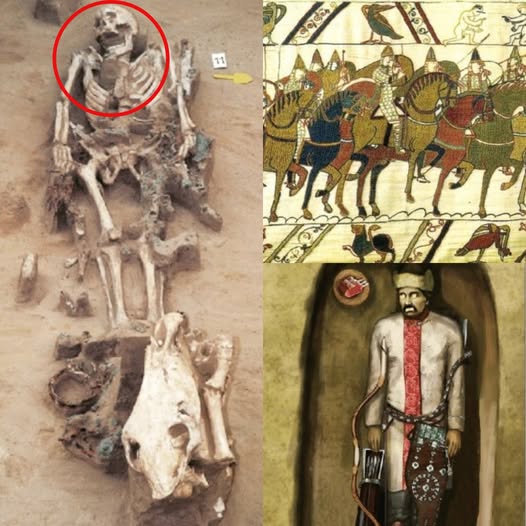
A Glimpse into Hungary’s Formative Era
Archaeologists have unearthed Grave No. 11 at the renowned Karos-Eperjesszög cemetery, a pivotal site from the time of the Hungarian conquest. Situated in northeastern Hungary, the cemetery dates back to the late 9th and early 10th centuries, when Magyar tribes settled in the Carpathian Basin—laying the foundations for the modern Hungarian state. This new discovery adds a vital piece to the puzzle of how these early Hungarians lived, fought, and honored their dead.
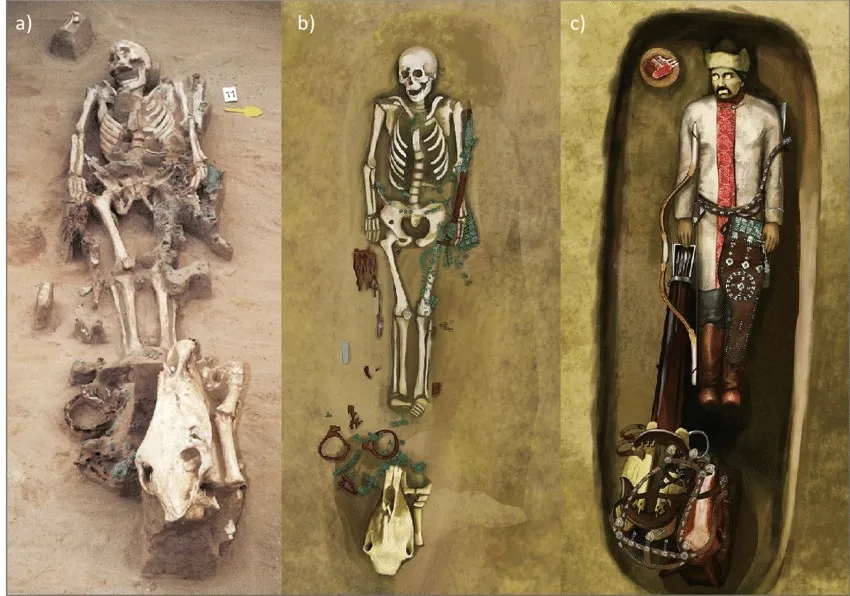 Symbols of Power and Prestige
Symbols of Power and Prestige
The recently excavated grave belonged to an individual of high status, as evidenced by the rich array of grave goods found within: finely crafted weapons, equestrian gear, and ornamental artifacts made of precious metals. Such items suggest the deceased was likely a warrior elite or tribal leader, reinforcing theories that the Karos site served as a burial ground for the ruling class. The presence of horse remains and elaborately adorned belts further supports the notion of a sophisticated social hierarchy among the early Magyars.
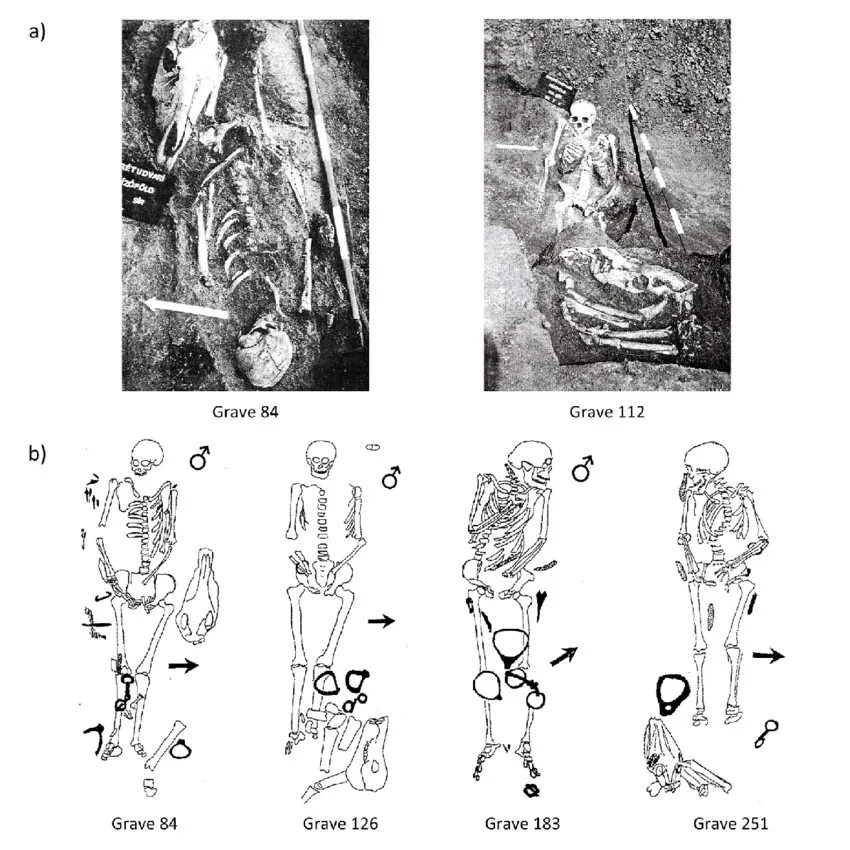 Cultural Clues from the Conquest Period
Cultural Clues from the Conquest Period
Beyond the objects themselves, the layout and ritual elements of Grave 11 provide insights into burial customs and belief systems of the era. The careful orientation of the body, placement of items, and signs of ceremonial practices hint at a blend of steppe traditions and emerging Christian influences. As researchers continue their analysis, this grave promises to enrich our understanding of identity, power, and spirituality in a transformative chapter of Hungarian history—where nomadic warriors became nation-builders.
